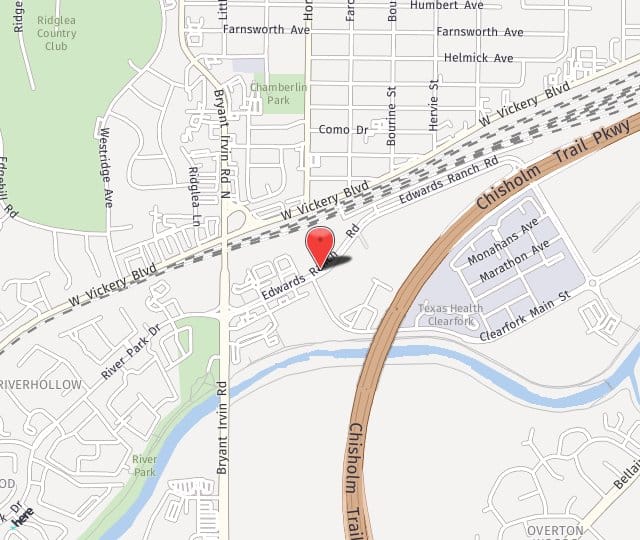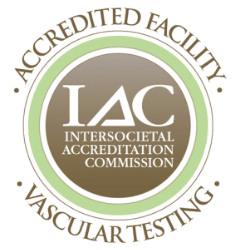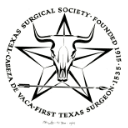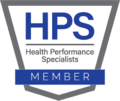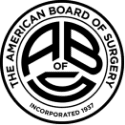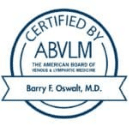As we age, our veins and surrounding tissues can weaken. This can allow blood to push out the vein walls and pool. This makes the veins curly and enlarged. Those close to the skin surface can even push up the skin, leaving a path not unlike a mole burrowing under a lawn.
Our arteries send oxygenated blood out from the heart throughout the body to the tissues. The veins are the return highways, carrying deoxygenated blood back to the heart. In the legs, the veins have a serious fight against gravity. Plus, standing increases pressure in the veins of our legs and feet.
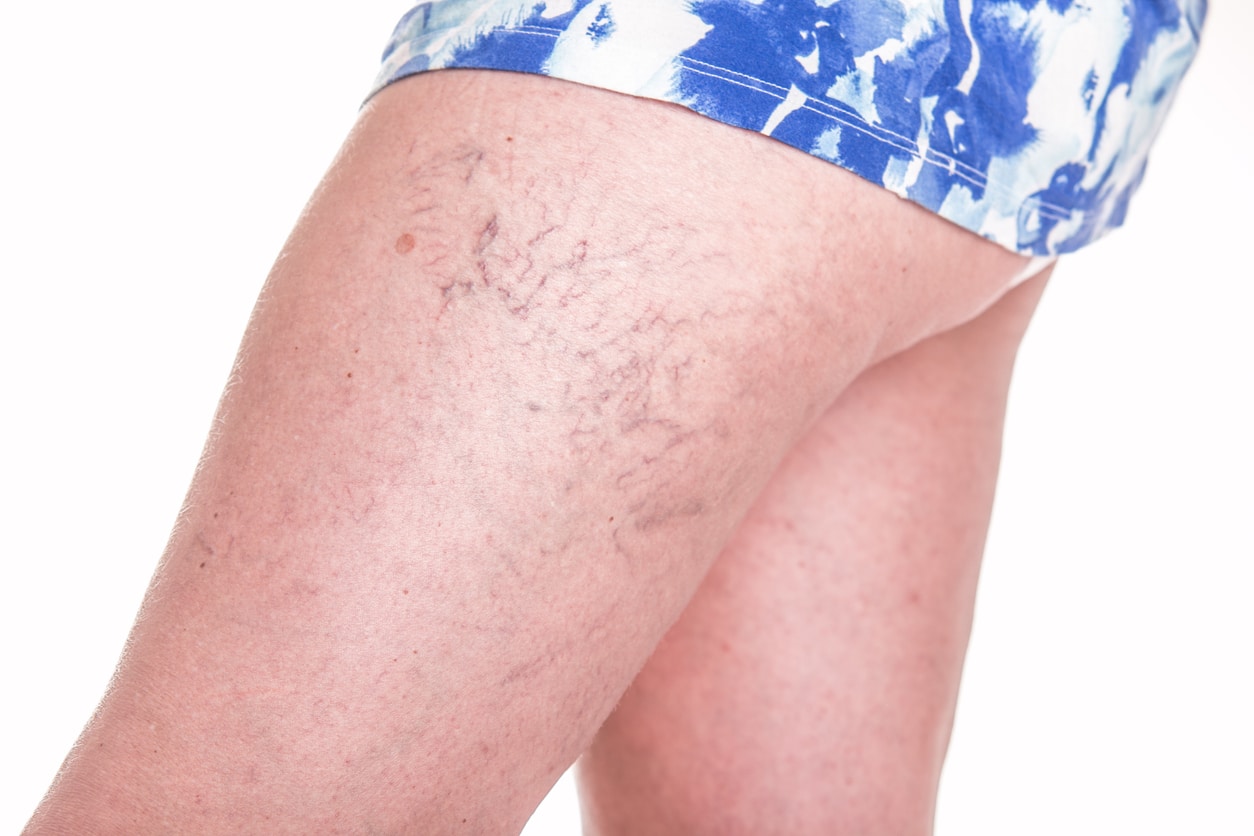
This scenario leads to the formation of spider veins and varicose veins. At Fort Worth Vein Center, Dr. Oswalt and our team diagnose and treat these vein problems.
What People Say About Us!
"Dr. Oswalt is extremely proficient and compassionate. He and his staff truly care and want the best outcome possible for each and every patient they see. I highly recommend Dr. Oswalt for anyone seeking vein treatment. And as a nurse myself I am extremely picky in my choice of physicians. My husband and I drove 7 hours round trip to see Dr. Oswalt and it was totally worth it!"
Click here to read more reviews.
How Are Vein Diseases Diagnosed?
The first step is to diagnose the problems with your veins. To do so, we must see under the skin to the vascular system beneath. Venous ultrasound is our method for doing so.
You’ve likely heard of ultrasound used in conjunction with pregnancy. Ultrasound uses sound waves to produce live images of the fetus when in development. The process is no different with venous ultrasound. High-frequency sound waves are used to give Dr. Oswalt a view of the condition of the veins throughout the body. We focus on the legs, and that is where we use venous ultrasound.
Varicose Vein Treatments
When the vein walls weaken and the valves intended to prevent backflow begin to fail, the blood pools and pushes the weakened vein walls outward. If this pooling occurs near the surface skin, the vein can push up the skin giving the appearance of a raised path. This is a varicose vein.
Varicose veins are usually a cosmetic issue, making a person avoid wearing shorts or bathing suits to keep their varicose veins covered. Other people have painful varicose veins, and sometimes these can lead to more serious health issues.
To treat varicose veins, Dr. Oswalt uses two forms of thermal ablation, endovenous laser ablation and radiofrequency ablation. The difference in the two methods is the energy delivered. In laser ablation, a laser fiber is inserted into the targeted vein, and laser energy is delivered into the vein. The light energy converts to heat, and this causes the vein walls to collapse. This seals off the vein. In radiofrequency ablation, a catheter is used to deliver the radiofrequency energy into the affected vein. The radiofrequency energy instantly converts to heat and causes the vein walls to collapse (as they did in laser ablation).
In both treatments, once the vein has closed off, any blood routed through it is instantly re-routed to adjacent, healthy veins.
Spider Vein Treatments
Spider veins are small clusters of tiny veins just below the surface of the skin, showing through on the surface as red, purple, or dark blue. They may look like fine lines, starburst clusters, or a web-like maze. They are more common in women, especially at childbearing age and older. You’ll usually find spider veins on the thighs, ankles, and calves, but they will also develop on the face.
Spider veins are rarely painful, except to look at. To remove them, Dr. Oswalt uses sclerotherapy. First developed back in the 1930s, sclerotherapy is still the best treatment approach for removing spider veins.
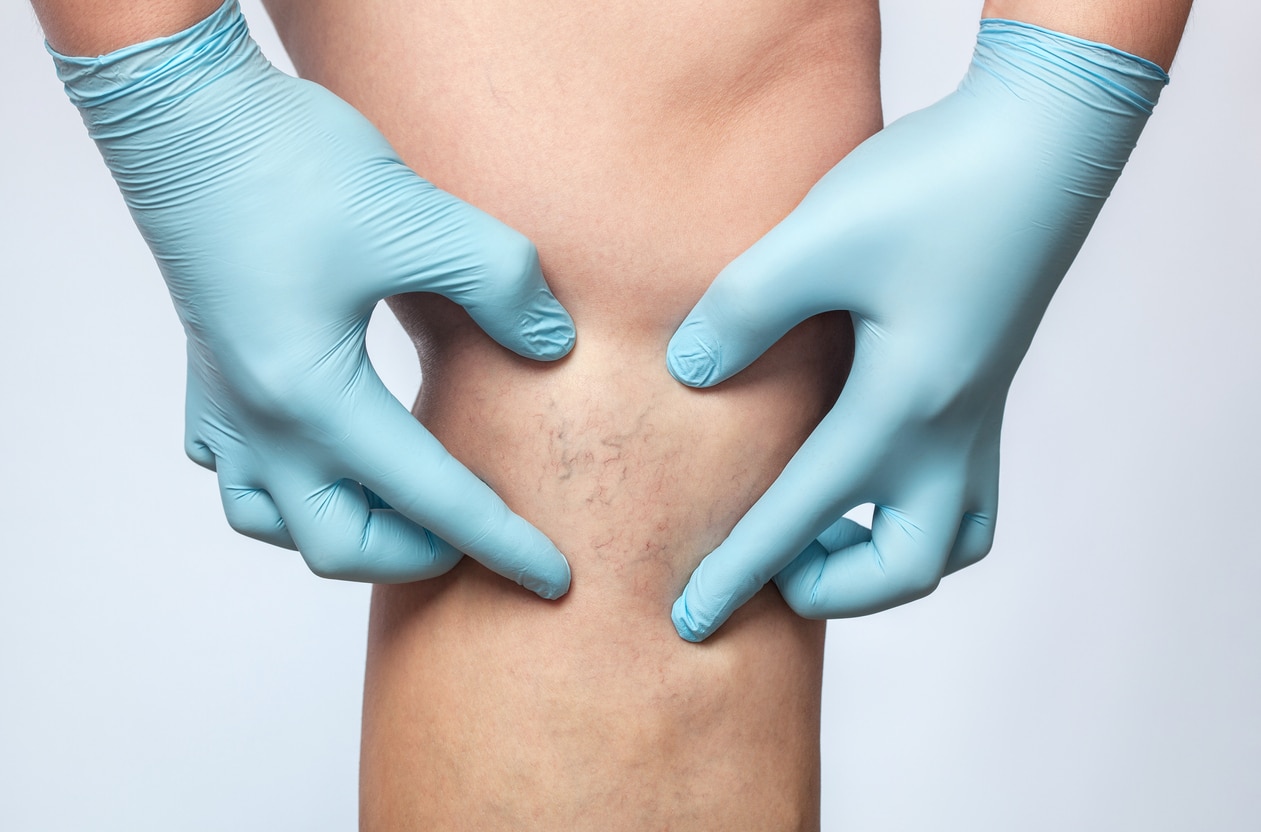
In these simple treatments, Dr. Oswalt injects a sclerosant with a tiny needle into the spider vein and the surrounding area. The sclerosant (which may be hypertonic saline, sodium tetradecyl sulphate, or polidocanol) irritates the vein walls, making them collapse. This closes off the spider vein, and its appearance is dramatically lessened instantly. Over the next few weeks, the body scavenges and removes the vein, making it fully disappear.
Sclerotherapy is a simple treatment, allowing Dr. Oswalt to treat various clusters in a single treatment session.
Conservative Measures
Conservative treatments are always the first avenue of treatment. The goal of these treatments is to alleviate some of the pressure that is forcing your vein walls to allow blood to pool. These include exercise, elevating your legs when sitting or when lying down, and managing your weight.
But the main form of conservative treatment is the use of compression hosiery. These stockings and socks apply compression to your legs, returning the pressure that you’ve lost with age and slackening support tissues. Most compression hosiery is graduated, meaning the hosiery applies more pressure at the ankles, decreasing as the hosiery moves up your leg. Compression hosiery is worn as soon as the person gets out of bed in the morning. It is also used after varicose vein and spider vein treatment to help the body scavenge the closed off vessels.
Dr. Oswalt has performed thousands of minimally invasive, catheter-based, and ultrasound guided vascular procedures. If you’re looking for an experienced vein doctor in the Fort Worth area, call Dr. Oswalt today at 817-536-9600 or contact him online to schedule an appointment.

